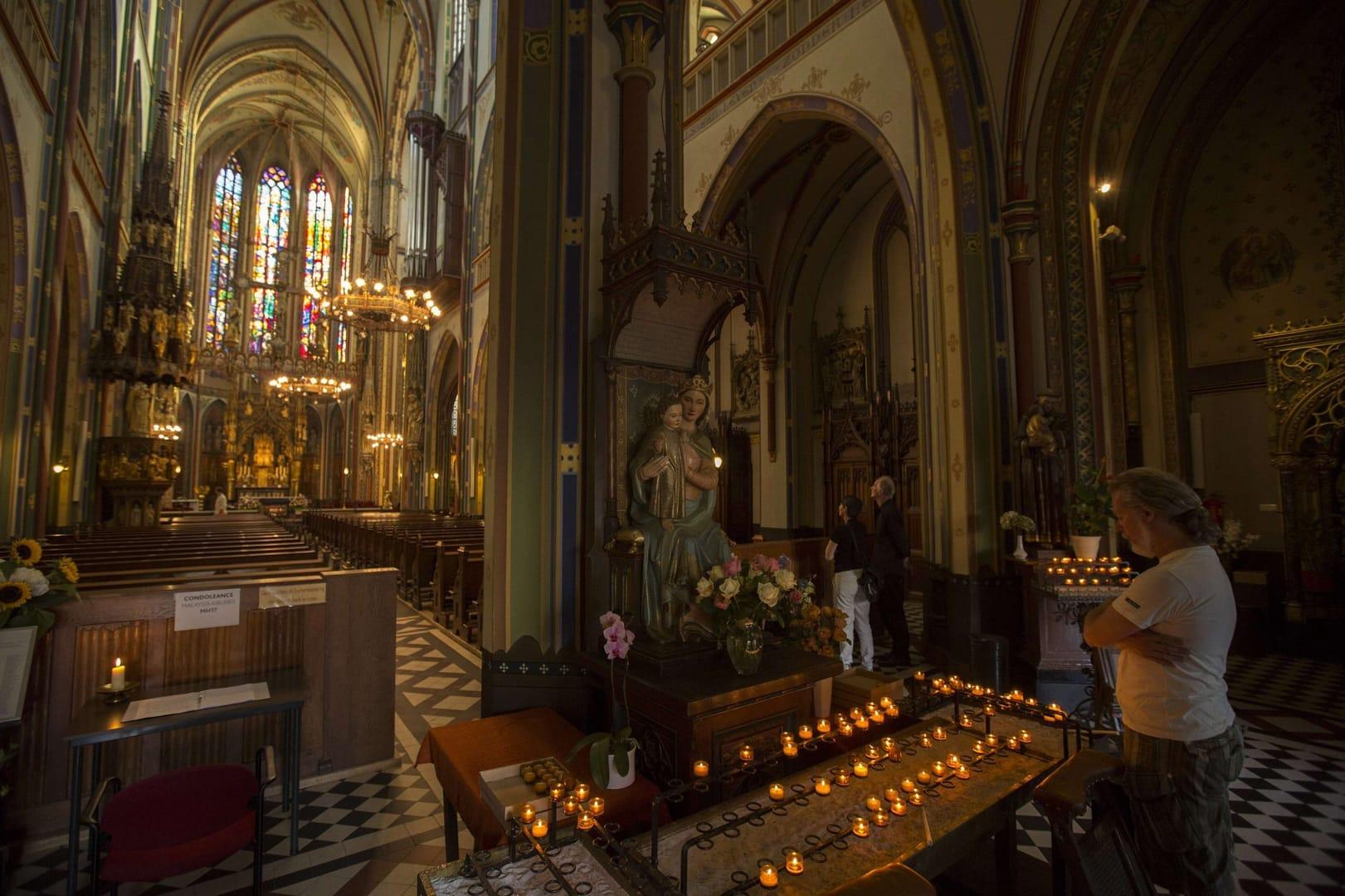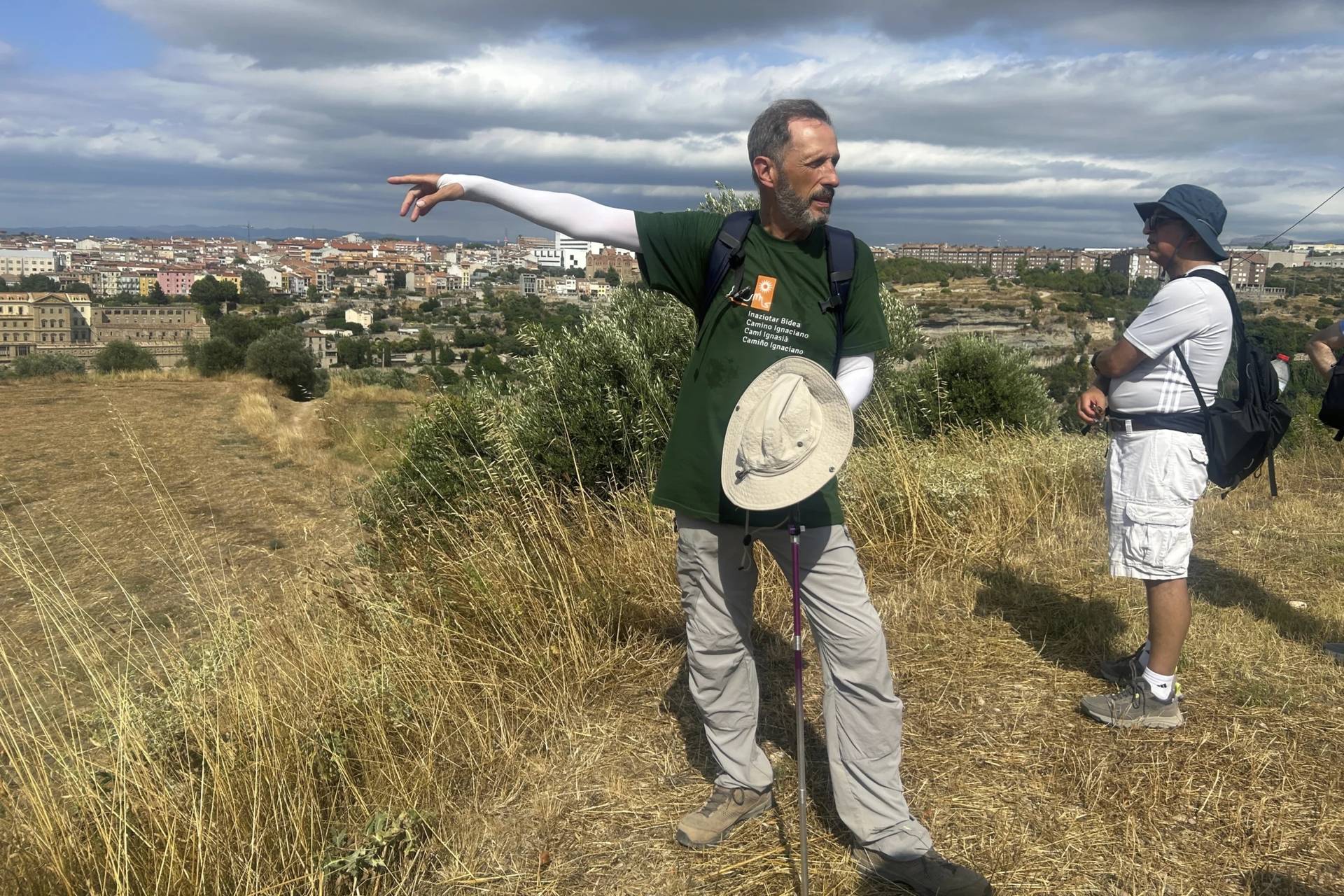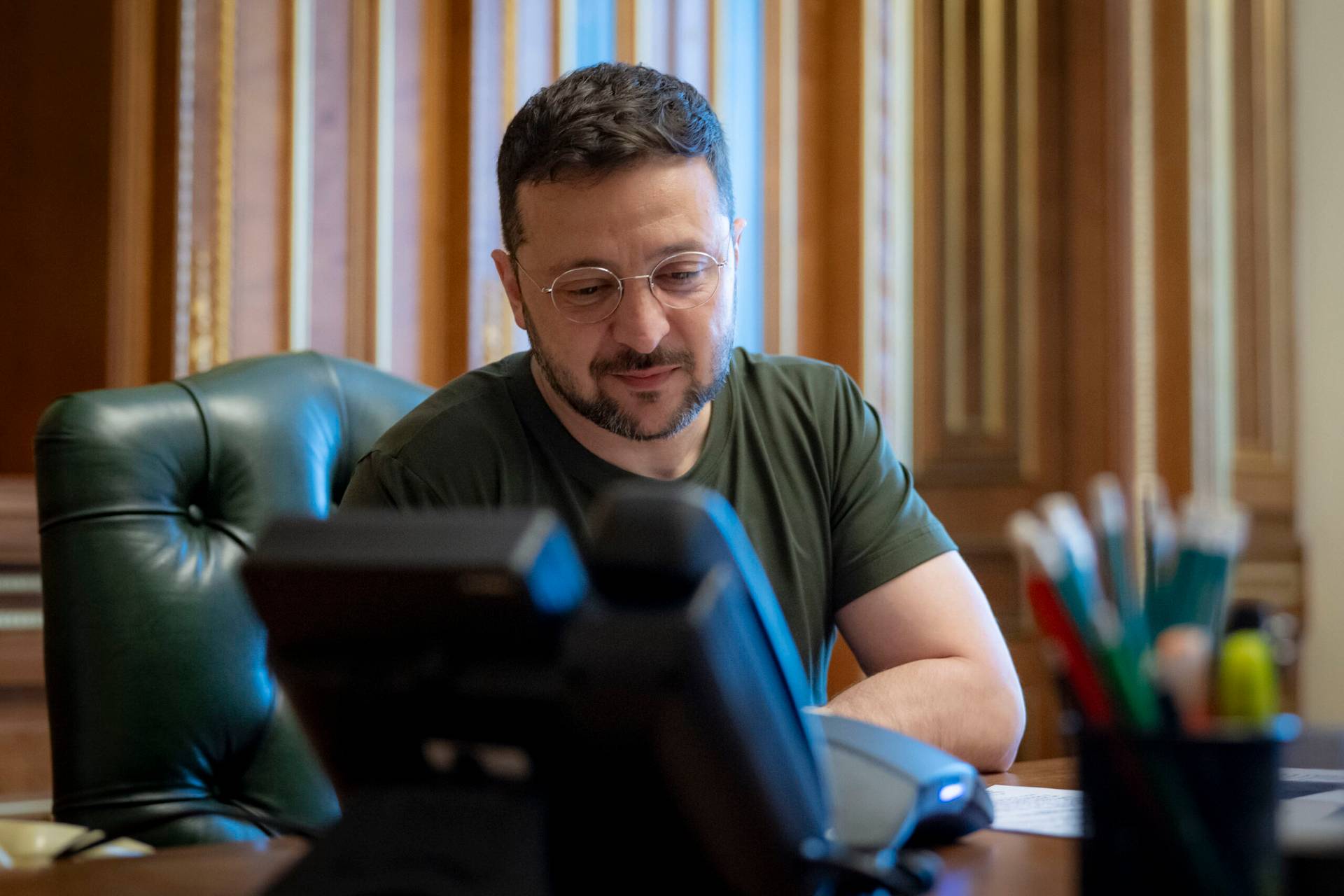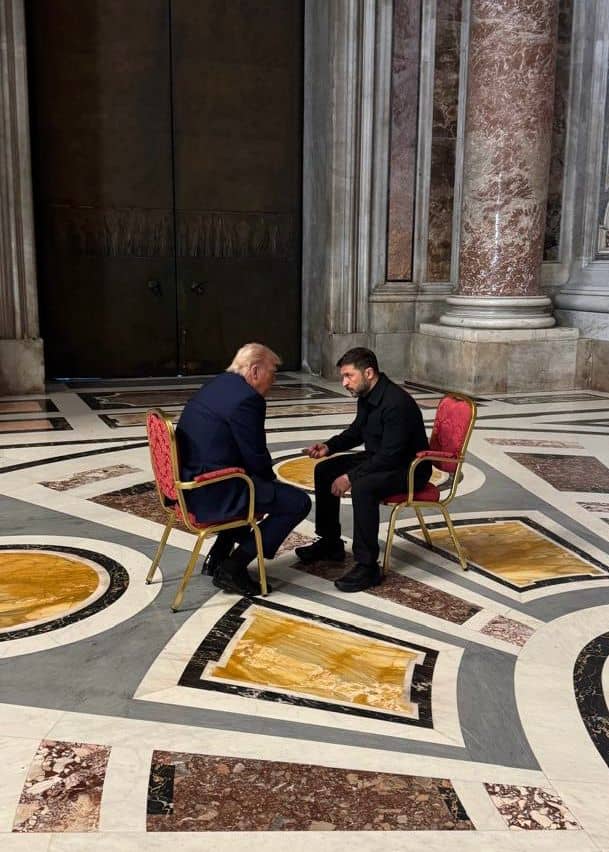The number of churchgoers in Dutch parishes has decreased by about 25 percent as a result of the coronavirus crisis, and the elderly and other vulnerable parishioners are especially avoiding Mass because they are scared or cautious.
The Dutch Catholic weekly Katholiek Nieuwsblad spoke to parish priests in 21 parishes in all seven dioceses of the country. Most of them see a decrease in church attendance since June 1st, when Dutch government allowed Churches to reopen and celebrate Mass again after more than two months.
“Parishioners who used to attend our churches before the coronavirus crisis are still very shocked,” said a parish priest in the archdiocese of Utrecht. Before the COVID-19 measures were put in place some 80 to 100 people attended Sunday Mass in one of his churches on a weekly basis. Now this number has dropped to 50 to 60.
“Of course, we are happy with all who attend, but there is a big difference between the time before COVID-19 and after,” he said.
In other parishes there has only “a slight decrease” of church attendance. One parish priest from the Diocese of Haarlem-Amsterdam even noted a slight increase. However, most of the priests Katholiek Nieuwsblad spoke to have noticed a decline of about 25 to 30 percent.
In some parishes the current Dutch coronavirus prevention measures are partly to blame for this. The obligation to keep mandated social distance means that not everyone fits in every church building on Sunday.
“We have a church that can now accommodate up to sixty people as a result of the measures,” said one parish priest from the south of the Netherlands. “Normally 160 people attended Mass here on Sunday mornings, spread over two Masses. That’s no longer possible.”
According to the COVID-19 protocol put in place by the Dutch Bishops Conference, the maximum number of people allowed at Mass depends on the size of the church building. When a parish expects over a hundred people at Mass, or more people than are allowed in a church building at the same time, people are obliged to make a reservation beforehand. Some priests note that this creates an extra barrier to attending Mass.
But others said space is not the problem in their churches.
“In the beginning, when a maximum of thirty people were allowed to attend Mass, this was quite a barrier for many people. But now it’s more a case of people being afraid to attend, or of children advising their parents not to.”
One parish priest said that the decrease in church attendance is especially visible in city communities, even though church buildings tend to be larger: “Apparently people experience a greater connection in smaller communities.”
Another possible cause of the decline is that some parishioners prefer to follow the Mass online, or that some people are no longer used to attending Mass. Some parishes have therefore decided to discontinue online celebrations to encourage church attendance.
“Some parishioners enjoy watching Mass at home,” noted one priest. “They got used to it.”
Another one said, “Some of my parishioners say: ‘If I can follow the Mass from the comfort of my own home, why go to church?’”
Another parish priest sees this problem as well but doesn’t want to end the online streaming of Masses.
“We do not want to withhold the Eucharist from these people. On the other hand, I am concerned to what extent online Masses are encouraging a certain kind of laziness in people and how much parishioners are getting used to receiving their spiritual nourishment in this way.”
Some parish priests suspect that the decrease in church attendance is also connected to the restrictions put in place on choirs, who are not allowed to rehearse or sing in large groups. This means that if there is a choir in the first place, it consists of only a handful of people, “and many choir members used to take relatives or friends with them to church,” said one priest.
Another parish priest is trying to help his parishioners get over their fear of coming back to church.
“We cannot guarantee that you will not get infected in church. But I do emphasize that the church is a much safer place than, for example, the supermarket or other places we visit every week. As a result, I see that some people who had their doubts about coming, are now attending Mass again,” he said.
Although many parishes have seen a steady increase in the number of parishioners since June, some parish priests fear that the numbers will never again be what they were before COVID-19.
“It remains to be seen if we will return to the old level, or if this is just a sign of a trend that started in recent years,” one priest told Katholiek Nieuwsblad.
One of his colleagues has an even gloomier outlook.
“I don’t think we will ever return to the old level. People quickly get used to not attending Mass anymore. The process of secularization is still ongoing. I think the coronavirus crisis only accelerates this process.”
This news article was translated exclusively for Crux by Susanne Kurstjens-van den Berk.















